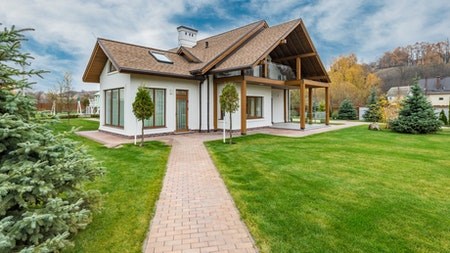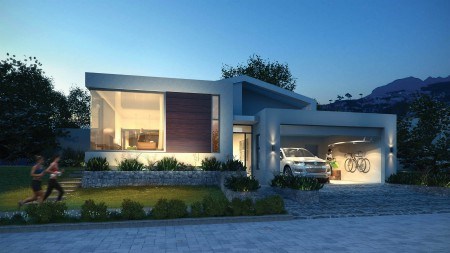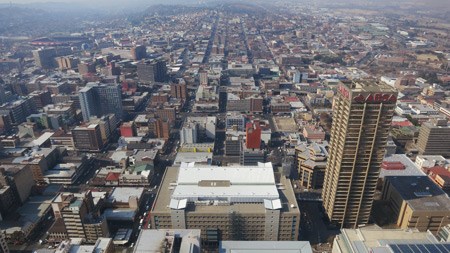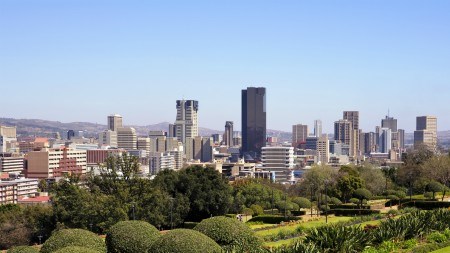South Africa has made great strides in supplementing global efforts aimed at creating sustainable products and adopting environmentally conscious lifestyles for the good of the planet. The property industry has continued to play an integral role by designing green buildings that are environmentally friendly from a construction and operational point of view.
What is a green building concept?
Green buildings are designed to conserve natural resources such as water, energy, plant and animal with zero or minimal negative effects on the environment.
What is the history of green buildings?
Green buildings have been in existence from the moment humanity discovered construction. As a matter of fact, early construction methods were more environmentally friendly than modern ones. When humanity got into large scale commercial construction, little attention was paid to the environment, resulting in much harm being done to the environment.
With growing calls for the construction industry to contribute towards sustainability efforts, the Building Research Establishment Environmental Assessment Method (BREEAM) was initially set up in 1990. The Leadership in Energy and Environmental Design (LEED) rating system on the other hand was established in 1998. These two entities were the pioneering oversight bodies with regards to setting the standards for building assessment, rating and certification in line with environmental sustainability goals.
In South Africa, green building initiatives and adherence to set standards are spearheaded by The Green Building Council of South Africa (GBCSA). This regulatory body was initiated in 2007 and went on to develop Green Star SA rating tools. GBCSA also provides relevant training, knowledge upskilling and promoting stakeholder participation in green building initiatives.
What are the objectives of Green Star SA rating tools?
They help in creating a common and understandable language and standard of measurement
These tools promote integration and green compliant building designs
Ensuring building constructions are not negatively impacting the environment
Raising awareness and recognising environmental leadership in different social and economic sectors
What are the categories covered by Green Star SA rating tools?
When determining the rating scores, the regulatory body takes into account key fundamental factors which determine how environmentally sustainable a property development is. These factors are energy, water, land use and ecology, emissions, transport, materials, management, Indoor Environment Quality (IEQ) and innovation.
What are the rating standards?
4 Star Green Star SA Certified Rating is between 45 – 59 and this recognises standards best practice.
5 Star Green Star SA Certified Rating is between 60 – 74 and places emphasis on South African Excellence.
6 Star Green Star SA Certified Rating is between 75 – 100 and recognises global leadership.
History and future of green buildings from an operational perspective?
Pre 2010
Decades before 2010, it was about prescribed practices which focused on the use of local materials or products with recycled content. The industry didn’t have the information infrastructure and capacity to collect, manage, analyse, and share performance data across the lifecycle of spaces, buildings, and places.
2010 -2020
This decade can best be described as a transition and reorganisation phase. This brought to the fore huge volumes of documentation with prescriptive rules becoming complex and cumbersome simply because the set rules and limited data on global performance standards didn’t match design and engineering expectations. To resolve this, industry bodies had to re-evaluate and allow for new ratings systems for already existing buildings. This period also raised an urgent need for a reliable ecosystem of tools, systems, and policies focusing on operational building performance. There was also increased efforts in improving huge data collection and exchange capability.
Beyond 2020
Post 2020 is all about performance which will be enabled by readily available data with inexpensive tools. The result of this is informed design and engineering which creates safe spaces, safeguards the lives of people, secures the future of buildings and the environment, reduces the cost of construction on humanity and wildlife and achieves high performance in all aspects.
Green buildings have a long and rich history which has been led by both the public and the private sector. With increased interventions and cooperation, green buildings will keep redefining themselves as new pages are opened.




